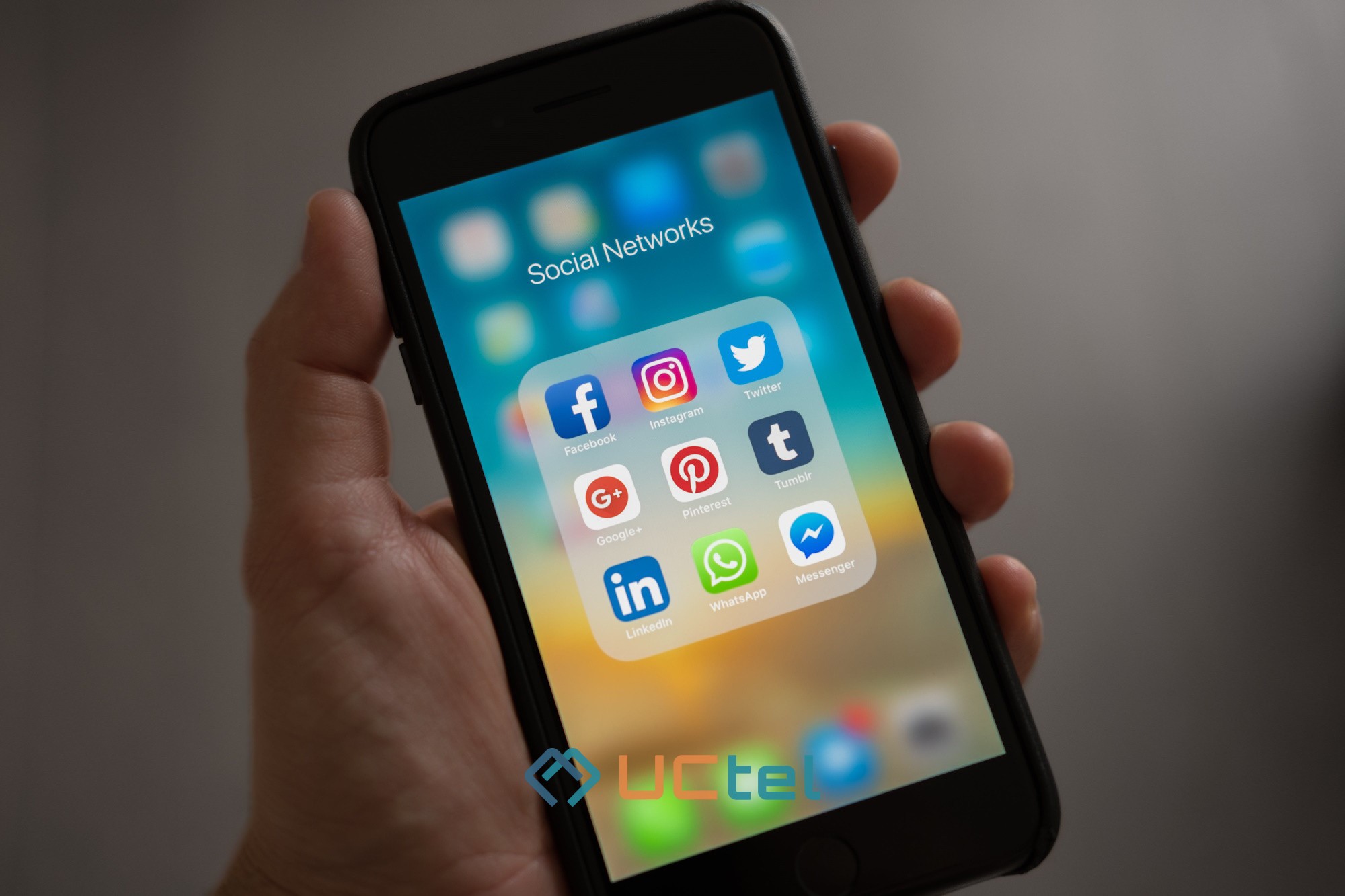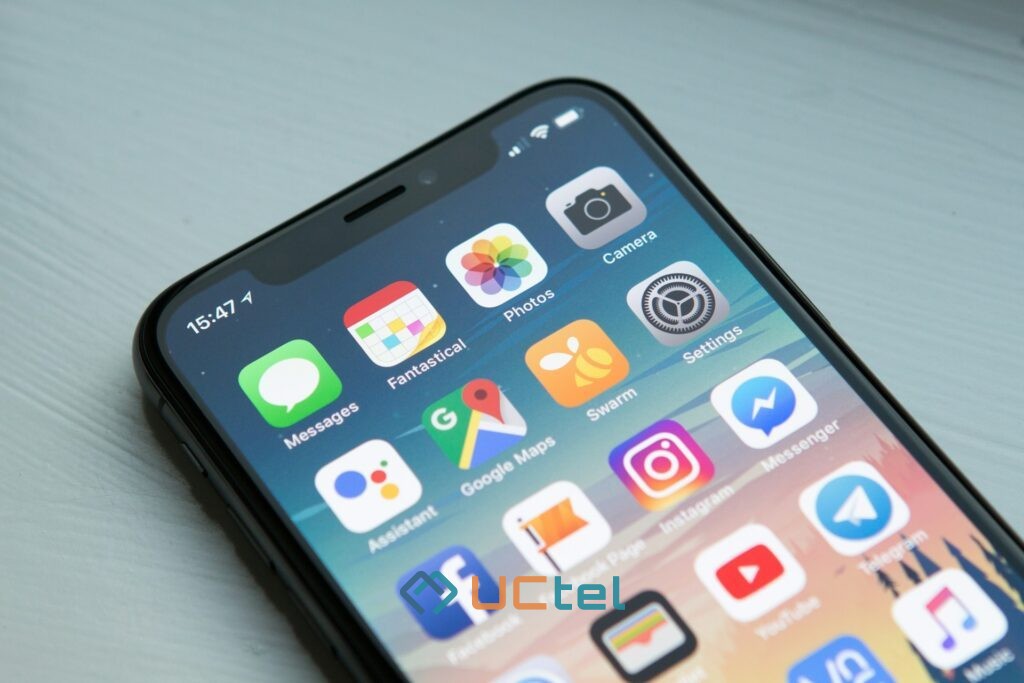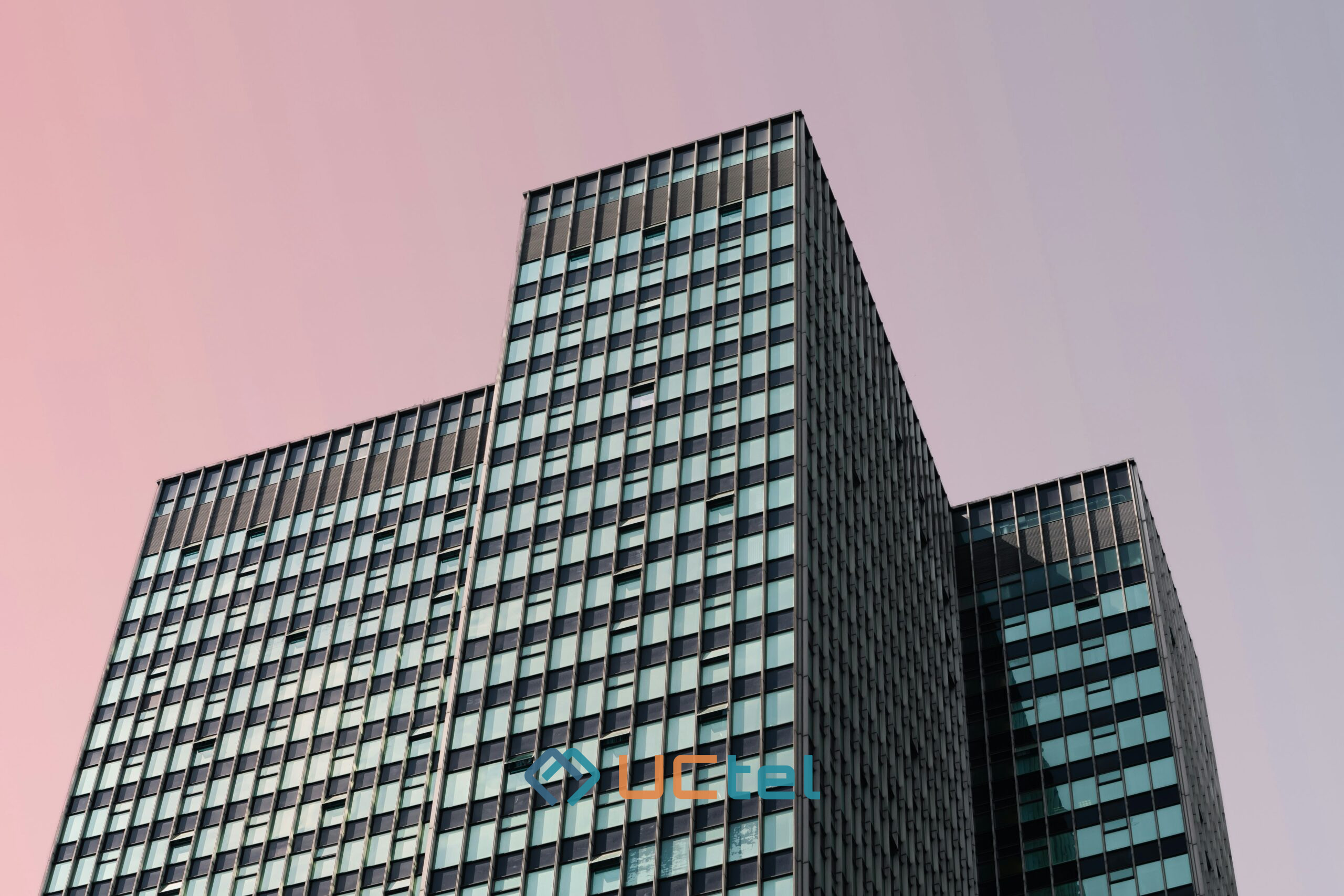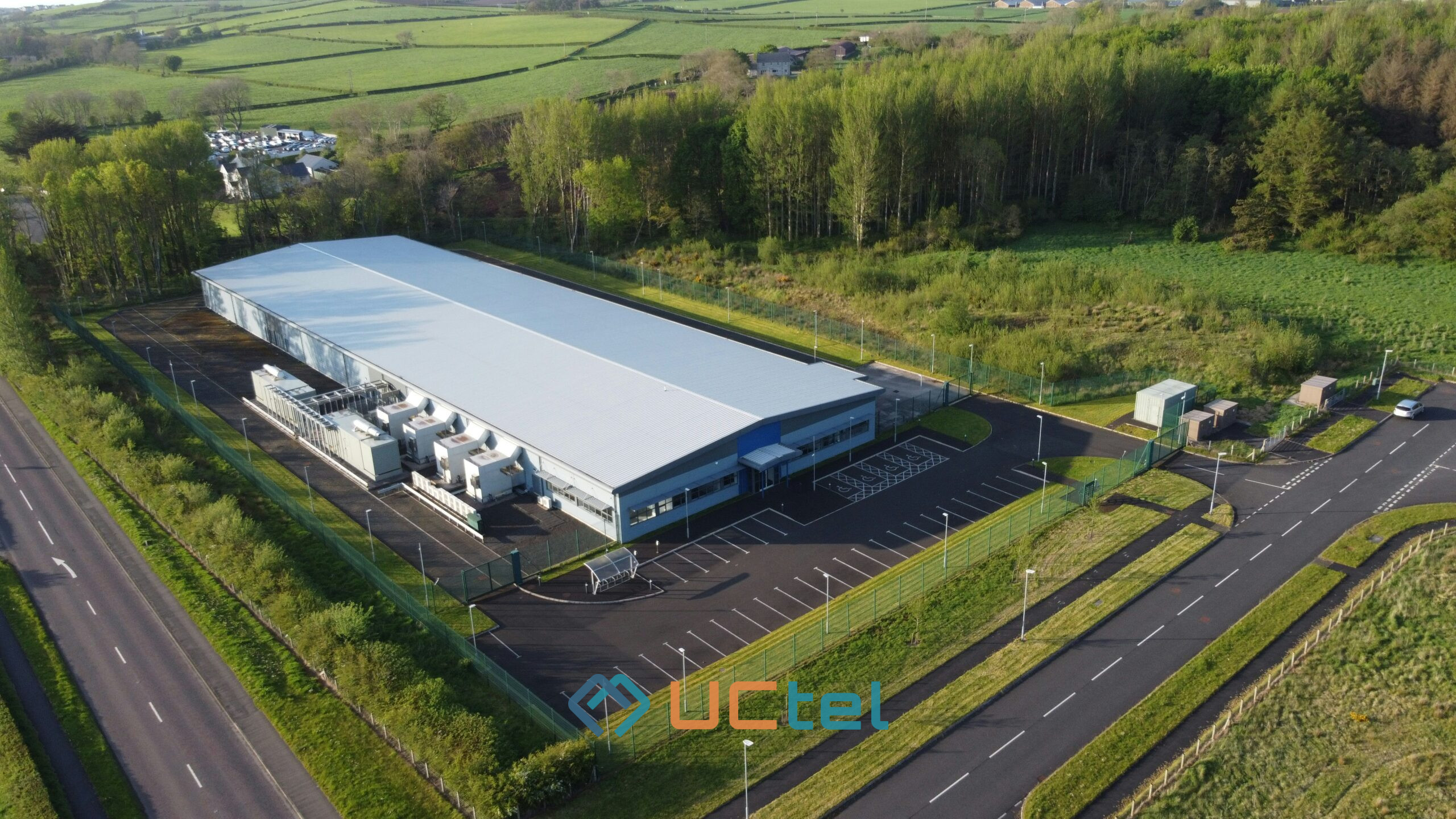
How to get signal in school despite blockers and jammers
Table of contents
Students and educational staff frequently encounter significant mobile phone communication challenges within school buildings, prompting them to look for ways on how to get signal in school. Modern construction materials, building design, and distance from mobile phone towers create dead zones where mobile devices struggle to maintain reliable connections. This connectivity issue becomes critical during emergency situations when rapid communication between students, staff, and families proves essential for safety protocols.
While some educational institutions implement signal-blocking pouches or similar technologies for classroom management, legitimate technical solutions exist to enhance mobile phone reception throughout educational facilities. Professional mobile phone amplification systems provide comprehensive coverage across school campuses, ensuring reliable communication networks without compromising educational objectives.

Understanding signal-blocking technologies in schools
Signal-blocking pouches represent passive technology designed to prevent mobile phone communication during classroom instruction periods. These specialized containers utilize conductive materials that create a Faraday cage effect, blocking electromagnetic signals from reaching mobile devices placed inside them. The technology operates without requiring power sources or electronic components, making it cost-effective for widespread classroom deployment.
Active jamming technologies differ significantly from passive blocking methods through their electronic signal interference capabilities. However, FCC regulations strictly prohibit the use of mobile phone jammers in educational environments across the United States. The Federal Communications Commission considers signal jamming illegal due to potential interference with emergency communications and public safety networks.
- Passive blocking pouches create electromagnetic shielding
- Active jamming devices electronically disrupt mobile phone signals
- Educational focus improves through reduced device distractions
- Classroom management becomes more effective with controlled connectivity
Schools implement these technologies primarily for educational focus enhancement and improved classroom management rather than security purposes. Teachers report increased student attention and participation when mobile phone distractions are minimized during instruction periods. Legal compliance requires schools to understand FCC regulations regarding signal interference and ensure emergency communication capabilities remain accessible when needed.
Professional mobile signal booster systems for educational facilities
Comprehensive mobile phone amplification solutions specifically designed for educational environments address connectivity challenges without blocking legitimate communications. These systems enhance existing mobile phone signals by capturing weak outside signals, amplifying them, and redistributing strengthened coverage throughout school buildings. The technology works by overcoming construction material interference that typically degrades mobile phone reception in modern educational facilities.
Technical specifications for educational mobile phone systems include coverage areas ranging from 930 to 37,000 square meters, accommodating facilities of various sizes from elementary schools to large university campuses.
- FCC approved systems eliminate lengthy licensing processes
- Pre-approved status with major carriers streamlines activation
- Signal amplification provides 70dB to 100dB gain capabilities
- Multi-carrier support ensures comprehensive network compatibility
Types of amplification systems
Hybrid Active DAS solutions represent advanced mobile phone amplification technology suitable for enterprise-level educational facilities. These systems provide sophisticated signal distribution capabilities with support for multiple carriers simultaneously, delivering maximum 100dB gain for large campus environments. Industrial mobile signal boosters offer coverage for facilities up to 9,300 square meters while supporting 200+ concurrent users per frequency band.
Coverage specifications and capacity
Fiber DAS complete systems offer scalable solutions for large educational facilities ranging from 2,800 to 37,000 square meters of coverage area. These systems support 4 to 16 indoor broadcast antennas per remote unit, enabling comprehensive signal distribution across multiple buildings and campus areas. Performance optimization depends on outside signal strength, with systems achieving optimal results when external mobile phone reception measures 3-5 bars.

Safety and emergency communication considerations
Reliable mobile phone connectivity proves critically important for school safety protocols and emergency communication procedures. Educational facilities require immediate communication capabilities during crisis situations, enabling rapid response coordination between administration, staff, students, and emergency responders. Strong mobile phone networks facilitate real-time information sharing and status updates during lockdowns, weather emergencies, or medical incidents.
Emergency preparedness planning must balance classroom management objectives with safety communication requirements. School administrators recognize that mobile phone access becomes essential during medical emergencies when students or staff require immediate assistance. Communication between families and students during emergency situations helps reduce anxiety and provides critical information about student safety and school status.
- Rapid emergency response coordination requires reliable mobile phone networks
- Medical emergency situations demand immediate communication capabilities
- Family communication during crises reduces anxiety and confusion
- Administrative coordination improves with strong mobile phone coverage
Professional mobile phone amplification systems address these safety communication needs while maintaining educational focus during regular instruction periods. The technology ensures that mobile phone networks remain available for legitimate emergency use while schools can still implement classroom management policies regarding device usage during specific instructional times.
Technical installation and infrastructure requirements
Installation processes for mobile phone amplification systems in educational buildings require careful planning and professional expertise to ensure optimal performance. The process begins with site surveys to determine existing signal strength, building construction characteristics, and optimal antenna placement locations. Professional installation teams assess infrastructure requirements and develop customized solutions for each educational facility.
Infrastructure requirements include Cat 5e or Cat 6 Ethernet connectivity for powering and connecting coverage units throughout distributed antenna systems. This cabling approach simplifies installation procedures and reduces infrastructure costs compared to traditional coaxial cable systems. Fiber optic connectivity enables extended range distributions for large campus environments where buildings span significant distances.
- Site surveys determine optimal antenna placement locations
- Building construction analysis identifies signal interference sources
- Infrastructure assessment evaluates connectivity requirements
- Professional installation ensures optimal system performance
Installation options and support
Complete turnkey service options include system consultation, design, installation, and lifetime support for educational facilities. Managed installation alternatives allow consultation with in-house IT professionals, providing system design documents and technical support for internal installation teams. This approach offers flexibility for schools with existing technical capabilities while ensuring proper system implementation.
Reach out to us today for a customized quote on solutions to get reliable signal in schools, even with blockers and jammers in place.





